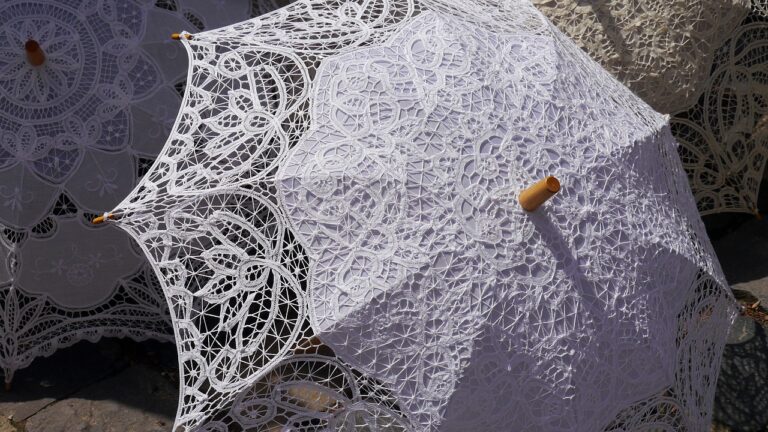The Impact of Fast Fashion on Water Resources
Fast fashion production has been under scrutiny in recent years due to its significant environmental impact. The high demand for quickly produced clothing leads to excessive resource consumption and waste generation. The use of cheap materials and processes in fast fashion production contributes to pollution of air, water, and soil, further exacerbating the environmental consequences.
Furthermore, the fast fashion industry is prone to overproduction, leading to a surplus of unsold garments that often end up in landfills. The disposal of these clothes not only wastes resources used in their production but also contributes to the release of harmful chemicals into the environment. As consumers become more aware of these environmental consequences, there is a growing call for sustainable and ethical practices within the fashion industry.
Water Usage in the Textile Industry
Water usage in the textile industry is a critical issue that often goes unnoticed. The production of textiles requires vast amounts of water at various stages, from growing fibers to dyeing and finishing fabrics. The excessive water consumption in the industry has led to serious environmental concerns, such as water scarcity and pollution of water bodies due to the release of untreated wastewater.
Furthermore, the textile industry’s water usage contributes to the depletion of freshwater resources globally. The inefficient use of water in textile production not only strains local water supplies but also impacts the ecosystems that rely on these water sources. As consumer demand for fast fashion continues to rise, the textile industry must address its water usage practices to mitigate the environmental impact and ensure the sustainability of water resources for future generations.
How much water is typically used in the textile industry?
The textile industry is known to be one of the largest consumers of water, using around 93 billion cubic meters of water annually.
What are the environmental consequences of excessive water usage in the textile industry?
Excessive water usage in the textile industry can lead to water pollution, depletion of water resources, and harm to aquatic ecosystems.
How can the textile industry reduce its water usage?
The textile industry can reduce its water usage by implementing water recycling and reuse systems, adopting sustainable production practices, and investing in water-efficient technologies.
Why is it important for the textile industry to address water usage?
Addressing water usage in the textile industry is important to conserve water resources, minimize environmental impact, and ensure long-term sustainability of the industry.
What can consumers do to support sustainable water usage in the textile industry?
Consumers can support sustainable water usage in the textile industry by choosing eco-friendly and water-efficient products, educating themselves on water issues, and advocating for responsible production practices.





